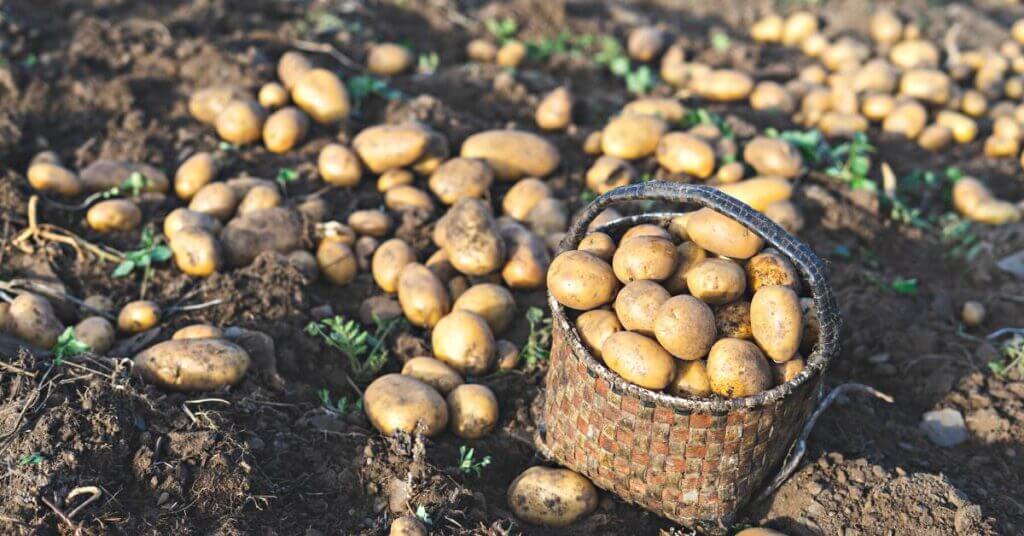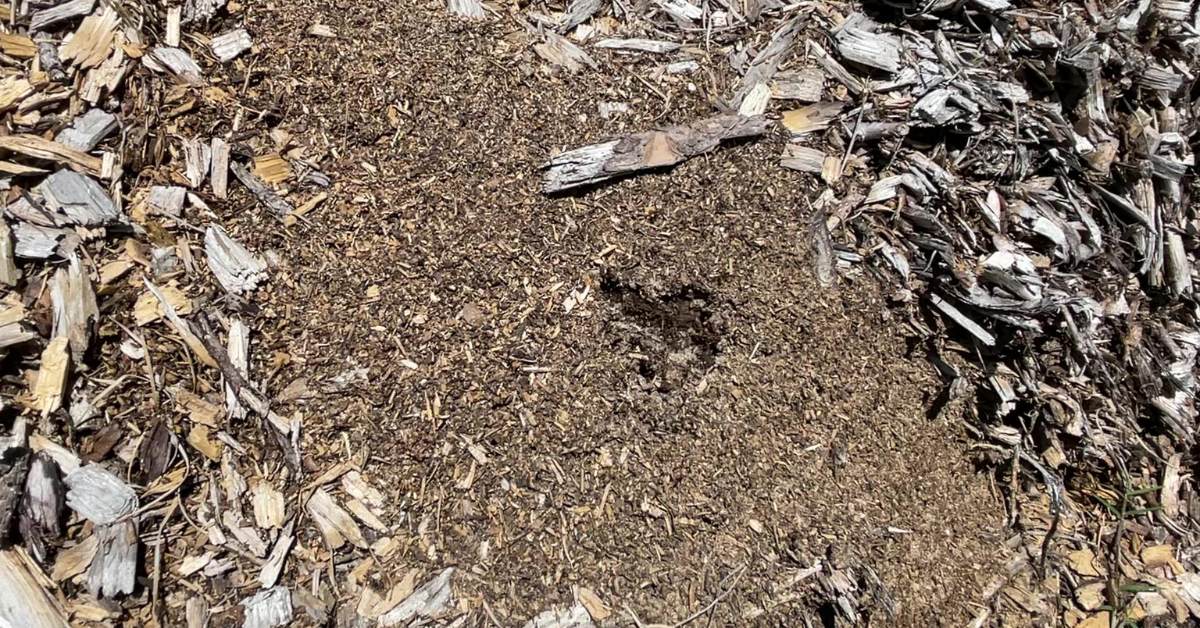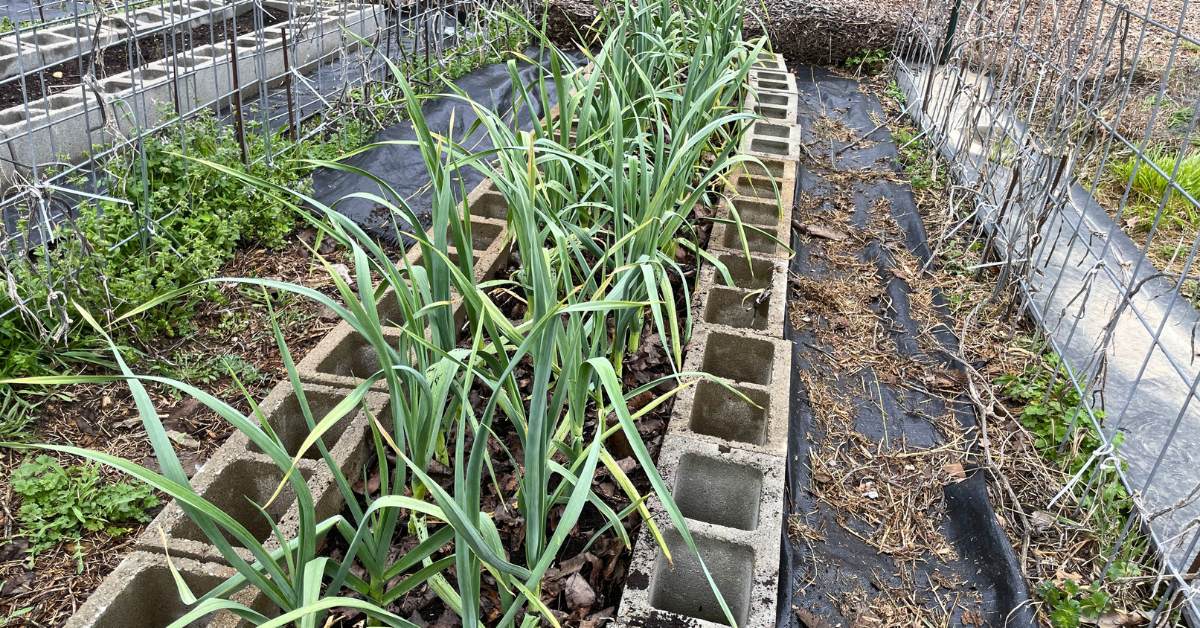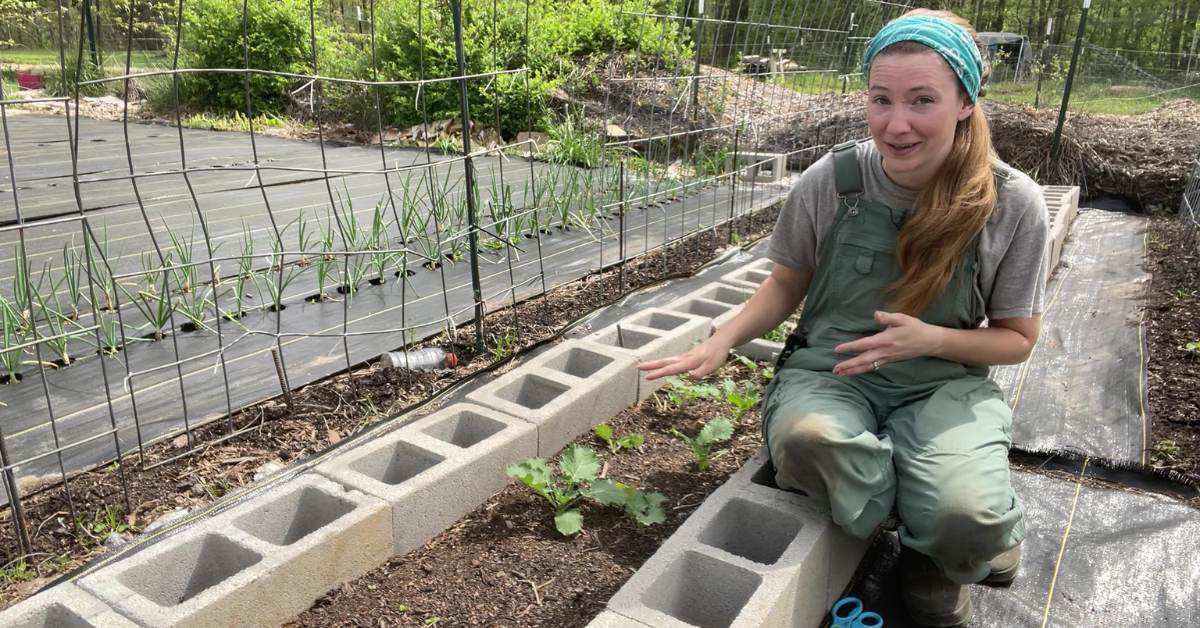Part of planning a productive garden is knowing how long it takes for each plant to reach maturity and is ready to harvest.
For some plants, you can have wildly different projected harvest days even for crops in the same family.
That’s the case with potatoes.
Let’s talk about how long different varieties of potatoes take to grow.
Potato Varieties Determine Days to Maturity
Did you know that the time it takes for potatoes to transition from seed to ready-to-eat varies substantially across different varieties?
We classify these underground treasures into three groups: early, mid, and late season varieties. Each group has its own timeline for growth.
Early season varieties, for example, sprint through to maturity, taking less than 90 days.
On the flip side, mid season varieties pace themselves, reaching harvest time in about 90 to 120 days.
And the marathoners of the potato world, late season varieties, take their time, often exceeding 120 days before they’re ready to grace your dinner table.
Let’s look at a few specific examples of each.
Early Season Varieties

Early season potato varieties are your fast track to fresh, homegrown potatoes. These earlies only take 90 days to grow, making them a perfect choice if you’re itching for a quick harvest or have a shorter growing season.
Notable for their prompt performance, varieties like Yukon Gold and Red Pontiac stand out.
Each brings its unique flavor and texture to the table, ensuring your early summer meals are anything but mundane.
With these fast-growers, you can enjoy the fruits of your labor well before the lazy days of late summer.
Mid Season Varieties
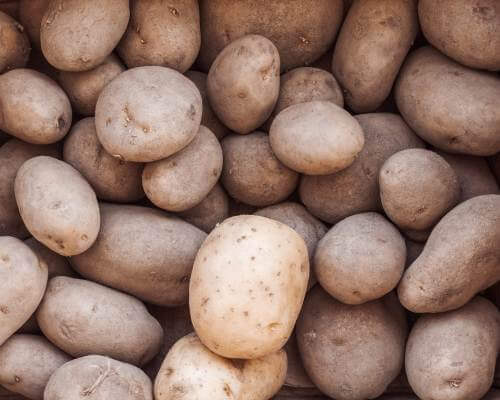
Mid season potato varieties fall right in the middle of the growth spectrum.
These varieties usually take between 90 to 120 days from planting to reach maturity.
Some popular mid season varieties include Yukon Gold (yes, they can be considered both early and mid) and Kennebec, which is highly prized for both frying and cooking.
These varieties strike a fine balance between early and late season types, making them an excellent choice for ensuring a steady supply of potatoes throughout the growing season.
Late Season Varieties

If patience is your virtue, late season potato varieties might just be your garden’s best friends.
They take their sweet time, maturing in over 120 days, but the wait is worth it.
These varieties include the hearty Russet Burbank, known for its use in making the perfect baked potatoes, and the German Butterball, offering a rich, buttery flavor ideal for mashing.
Then there’s the Kennebec again, versatile for both frying and roasting.
Growing these late bloomers rewards you with larger potatoes that store well for many months.
Regardless of which variety you choose, potatoes are an easy crop to grow, so don’t be intimidated by the different variety options. Your local garden center should be able to tell you which one is best suited for your climate.
Read our ultimate guide for growing potatoes from potatoes.
3 Other Factors That Affect How Long It Takes for Potatoes to Grow
A few factors play a role in the growth of your potato plants outside of just the variety you choose.
Planting season dictates the start; you want to get your potatoes in the ground right after the last frost.
Soil considerations should be accounted for as well. Lastly, day length affects potatoes differently.
Together, these factors contribute to how long it takes for potatoes to grow to maturity.

Dream of Filling Your Pantry with Homegrown Staples?
Plan your garden with our FREE PRINTABLE—Staples Garden: What to Plant to Feed Your Family for a Year!
1. Planting Season
The best time to plant potatoes truly depends on your local climate and the all-important last frost date.
In general, aim to get your potato plants in the ground about two to three weeks before the last expected frost. This gives the tubers a cool, but not frigid, start, laying the groundwork for robust growth.
In regions blessed with milder winters, the planting can even start as early as late winter (usually around mid February).
The goal here is to match the planting time with soil temperatures reaching at least 45°F (7°C), which is ideal for spurring potato growth without the risk of frost damaging young shoots.
Remember, potatoes have a bit of Goldilocks nature—conditions need to be just right for them to start off strong.
2. Soil Composition & Soil Temperature
Think of soil like a base camp for your potatoes; it needs to provide everything that potatoes need for sustenance.
(Even the amount of water the soil receives affects potato yields.)
For best results, you want a mix that is well-drained and rich in organic matter. This kind of soil warms up quickly in spring, encouraging your potatoes to break dormancy and start growing.
Potatoes also prefer slightly acidic soil, with a pH between 5.0 and 6.0. If your soil is too dense or clay-heavy, consider adding compost to improve its structure and drainage.
For a more detailed conversation, check out this guide on the best soil for growing big potatoes.
Temperature matters, too. Potatoes need a soil temperature of at least 45 degrees Fahrenheit to start growing.
Ideally, they thrive (and do the bulk of their growing) when the soil is between 60 and 70 degrees.
If it’s too cold, growth slows down. Too hot, and the plants might not produce tubers at all.
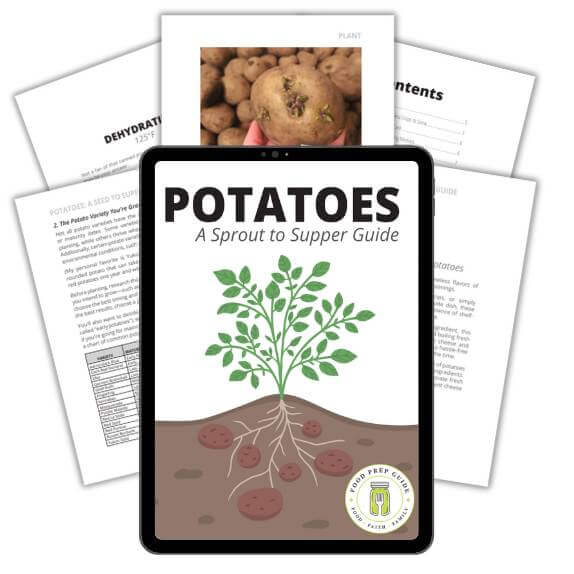
Master Potatoes From Seed to Table
Get growing & preserving faster with no-fluff tutorials for every step from plant to plate!
3. Day Length
Day length affects both the variety you choose and the timing of your harvest as different potato varieties respond differently to day length.
Early season varieties, for instance, typically thrive in shorter day lengths and are your best bet if you’re aiming to dig up new potatoes as soon as possible.
On the other hand, mid and late season varieties prefer the longer days of summer to bulk up, leading to a harvest of larger potatoes later in the season.
This means knowing the day length requirements of your chosen potato type can help you know exactly how long that potato will take to grow.
So, when planning your potato garden, consider the natural light patterns of your area alongside the potato variety to maximize growth.
How long do you leave potatoes in the ground to grow?
Leaving potatoes in the ground just the right amount of time allows them to reach full maturity without going so long that they rot.
When the potato plants bloom, it’s an early sign that baby or new potatoes are ready.
However, for fully matured potatoes, wait until the plant’s foliage starts to yellow and die back. This typically happens towards the end of the growing season, around late summer or early fall.
Once the foliage has died, give your potatoes another week or two in the ground to let their skins toughen up, making them easier to store.
Digging them up too early might result in softer skins, while waiting too long could expose them to rot or pests. Use a gentle hand or a garden fork to avoid damaging the tubers when it’s finally time to harvest.
How many potatoes will one plant produce?
The answer isn’t as straightforward as I’d like it to be. Potato yields are influenced by several factors like the variety, the care you provide, and the specific growing conditions in your garden.
Typically, you can expect anywhere from 5 to 10 potatoes per plant. However, this number can be as low as 3 per plant.
Certain potato varieties—like the Keystone Russet—are bred for higher yields.
That said, even the high-yielding varieties will be cut short if you plant potatoes too close together, so it’s important to provide enough space between potato plants in order for maximum yields.
Finally, the environment plays a significant role. A plant basking in optimal conditions of soil, sunlight, and temperature is more likely to gift you with a bountiful harvest than one struggling through challenging weather patterns or poor soil conditions.
How do I know when potatoes are ready to harvest?
Spotting the perfect time to harvest your potatoes can feel a bit like a gardening mystery, but I want to share some clear signs that your spuds are ready to leave the ground.
In fact, we have a guide dedicated to knowing when potatoes are ready to harvest.
Essentially, wait until the plant’s foliage starts to yellow and wither. This is your cue that the tubers have matured.
Another method is to gently dig around the base of a plant with your hands to feel the size of the potatoes. If they feel too small, give them more time. This hands-on approach allows you to assess without disturbing the plant too much.
Be sure to keep track of your planting date to get a ballpark figure of when to start checking. We track all of our important dates in our Sprout to Supper Planner:

If you’re uncertain, pull up a test plant. This gives you a clear idea of the size and condition of your crop. Look for firm potatoes with a fully developed skin that doesn’t scrape off easily.
Finally, once you decide it’s harvest time, choose a dry day. This makes digging easier and helps prevent damaging the skin, ensuring your potatoes store well.
We hope this quick guide took the mystery out of potato growing for you and helped you plan your potato harvest based on how long they take to grow.
Remember, early spring planting will give you a head start, and gift your potatoes loose, well-drained soil for healthy tuber development.


